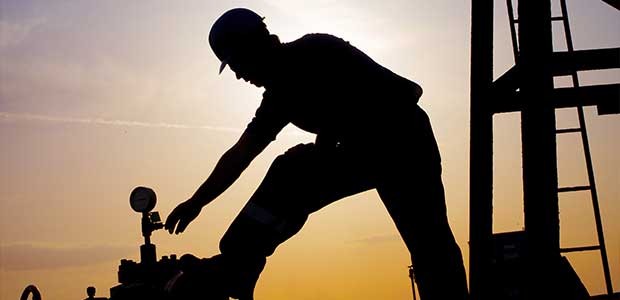
Indicators Point Toward Expanding Industry Activity
KANSAS CITY, MO.–The Federal Reserve Bank of Kansas City released its second quarter energy survey in July, with results pointing to continuing growth. According to Chad Wilkerson, an executive at the Oklahoma City branch and economist at the KC Fed, the survey reveals that 10th District energy activity continued to increase steadily, with revenues and profits rising at a faster pace. Activity continued to outpace the previous year, and expectations remained solid.
“Growth in district drilling and business activity remained solid in Q2, and expectations indicated further expansion in the next six months,” Wilkerson reports. “In addition, indexes for firms’ revenues and profits jumped to their highest levels since the survey began in 2014.”
The KC Fed notes that its quarterly survey provides information on current and expected activity among energy firms in the Tenth District, encompassing the western third of Missouri; all of Kansas, Colorado, Nebraska, Oklahoma and Wyoming; and the northern half of New Mexico. It monitors oil-and-gas-related firms located and/or headquartered in the district, with results based on total firm activity. Survey results reveal changes in several indicators of energy activity, including drilling, capital spending and employment. Firms also indicate projections for oil and gas prices. All results are diffusion indexes–the percentage of firms indicating increases minus the percentage of firms indicating decreases.
On The Upswing
With regard to quarterly indicators, the KC Fed says, 10th District energy activity continued to increase steadily in the second quarter of 2021 and also outpaced year ago levels. Meanwhile, the drilling and business activity index remained mostly unchanged at 33. Total revenues and profits indexes posted their highest levels since the survey began in 2014.
In addition, employment, employee hours, access to credit, and wages and benefits indexes increased from the previous quarter, the KC Fed reports, and year-over-year indexes continued to increase from the previous survey. The year-over-year drilling and business activity index moved from 10 to 59. Nearly all other indexes also were higher than the previous reading, with the exception of supplier delivery time, which decreased from 7 to 3.
According to the KC Fed, most expectations indexes continued to increase in Q2. The future drilling and business activity index, at 41, was up from 40 in Q1 and 26 in Q4 2020, indicating slightly more firms expected energy activity to expand. The revenues and profits indexes rose substantially, and expectations for employment, supplier delivery time and access to credit also expanded. Price expectations for oil, natural gas and natural gas liquids expanded at a moderately faster pace.
With regard to the survey’s special questions, the KC Fed says firms were asked what oil and natural gas prices were needed to increase drilling substantially across the fields in which they are active (in alternate quarters they are asked what prices are needed for drilling to be profitable). The average oil price needed was $72 a barrel, with a range of $35-$80. This average was considerably higher than prices needed to substantially increase drilling the past few years, the bank indicates. The average natural gas price needed was $3.82 a million Btu, with responses ranging from $2.00 to $7.00.
According to the KC Fed, firms again were asked what they expected oil and natural gas prices to be in six months, one year, two years and five years. Overall, expected oil and gas prices were higher than previous price expectations in 2020. The average expected West Texas Intermediate prices were $74, $76, $76, and $78 a barrel, respectively. The average expected Henry Hub natural gas prices were $3.19, $3.21, $3.34 and $3.71 a million Btu, respectively.
Firms also were asked about growth constraints, the KC Fed notes. Around 36% of firms expressed uncertainty about the future of oil and gas prices, with 13% of firms reporting issues finding workers, supply chain disruptions and lack of access to capital as reasons for limited growth.
Moreover, the KC Fed indicates it asked firms about investment in labor saving technology. Approximately 10% of firms reported investments at a faster pace than in the past, it notes, with 32% indicating similar investments as in previous years. Around 10% of businesses said they were investing at a slower pace than before, and 48% had not planned any investment in labor saving technology
More information is available online at www.kansascityfed.org.
For other great articles about exploration, drilling, completions and production, subscribe to The American Oil & Gas Reporter and bookmark www.aogr.com.






